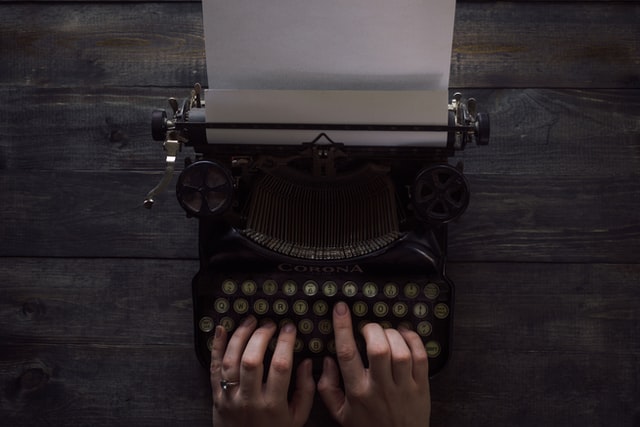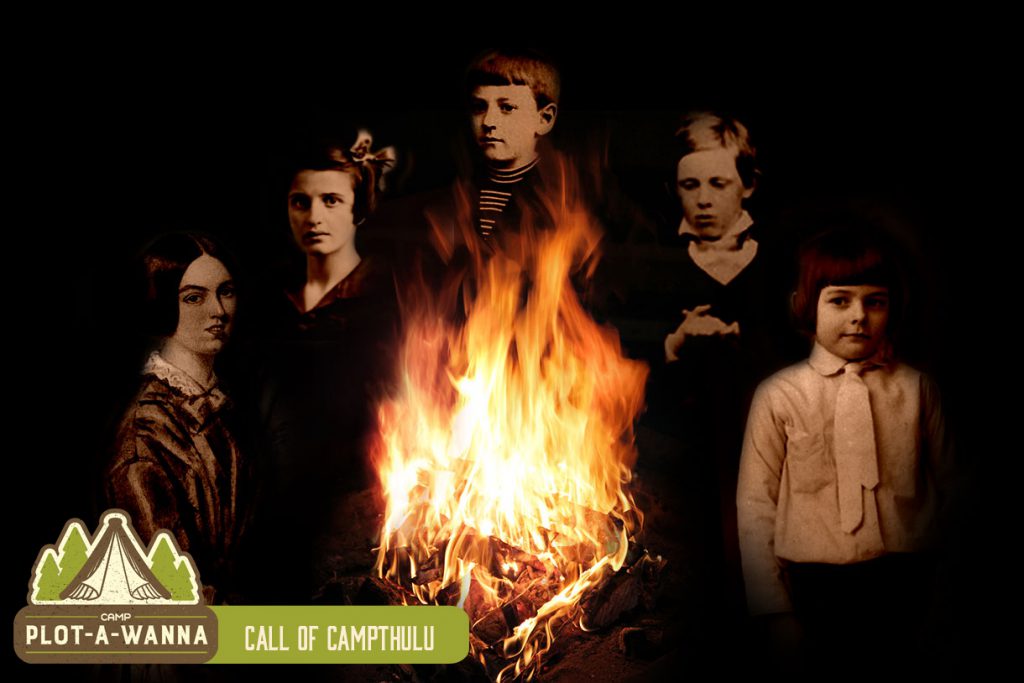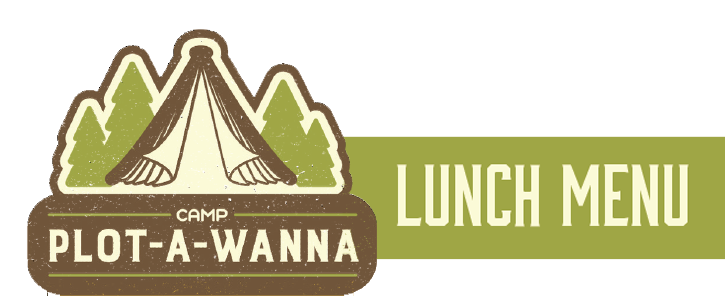Dispatch from Camp NaNoWriMo: The Best Editing Books for Fiction Writers
(Image via flickr)
If Camp NaNoWriMo were an actual camp, this would be the week of Color Wars, final bonfires, and tearful goodbyes. We’d all be wrapping friendship bracelets around each others’ wrists and promising to keep in touch during the school year. But as bittersweet as the end of the session may be, Camp NaNo has a considerable perk that normal camps don’t: a manuscript draft!
Yes, your wonky little Word doc now qualifies as a manuscript draft! It’s a momentous occasion that many would-be writers never reach, and one that deserves a little end-o-camp Jamboree. But when the embers have died down (and you’ve taken a good long break to give yourself some fresh perspective) your next quest, should you choose to accept it, is revising. A first draft is wonderful and pure and (if my experience holds) kind of a mess. It needs some TLC before it can become a book.
There’s no Camp Revision-a-wassa to see you through the process, but there are great books to help you shape your manuscript into a story that’s worth a whole arm’s worth of friendship bracelets (yes, even the cool kind with beads and feathers woven in). Here are my favorite picks—read them, let the ideas stew for a few weeks, and then plunge back in to your book.

Step One: Revising the Big Stuff: Although Second Sight by Cheryl B. Klein deals mainly with children’s (picture book, Middle Grade, and Young Adult) stories, it’s an indispensable read for anyone who wants to write what I think of as story-driven stories (in other words, books where things happen).
Klein, an editor at Arthur A. Levine Books who’s worked on the Harry Potter series as well as many other successful children’s books, covers everything from theory of narrative to character construction to the ever-elusive voice in a series of essays that are both intellectual and practical.


Step Two: Rewriting and Getting Unstuck: Revisiting Chris Baty’s NaNoWriMo handbook No Plot, No Problem is a great way to rekindle the playful creative spirit of the book-in-a-month enterprise. Now that you’ve finished your manuscript, try his Magna Carta I and Magna Carta II exercises to list the actual things you like and don’t like in your story.
Naming the World (edited by Bret Anthony Johnson) is the only writing exercise book I’ve ever reread for pleasure. Not only are the exercises helpful, concrete, and stimulating, but the prefatory essays by the numerous and accomplished contributors are funny and insightful peeks into the creative process, both writ large (as it were) and personally.


Step Three: Line Editing: If I could make every aspiring writer read one book (well, okay, after E. B. White’s The Elements of Style), it would be Self-Editing for Fiction Writers by Renni Browne and Dave King. Whether I’m editing myself (in the reflexive sense of the pronoun) or editing myself (in the emphatic sense), this is my go-to.
Their technical breakdown of construction strong writing goes way beyond axing adverbs and cutting out bad dialogue verbs (seriously, no one ever hisses or growls words, people). The book includes practical exercises and examples to help you craft your prose into a lean, mean, story-telling machine.



Step Four: The Writing Life Fantastic: If you haven’t yet read Anne Lamott’s Bird by Bird or Stephen King’s On Writing, go now. I’ll wait (and so will your manuscript!)
I’d also recommend Kerri Major’s This is Not A Writing Manual to any writer who’s starting out (or feels like they’re starting out) for some solid insights into how to become and stay a working writer.
—
What about you, fellow campers? What are your favorite books about making books?

Blair Thornburgh
BLAIR THORNBURGH is a graduate of the University of Chicago, where she earned a B.A. in medieval studies and delivered a pretty good commencement speech. She lives in Philadelphia.



